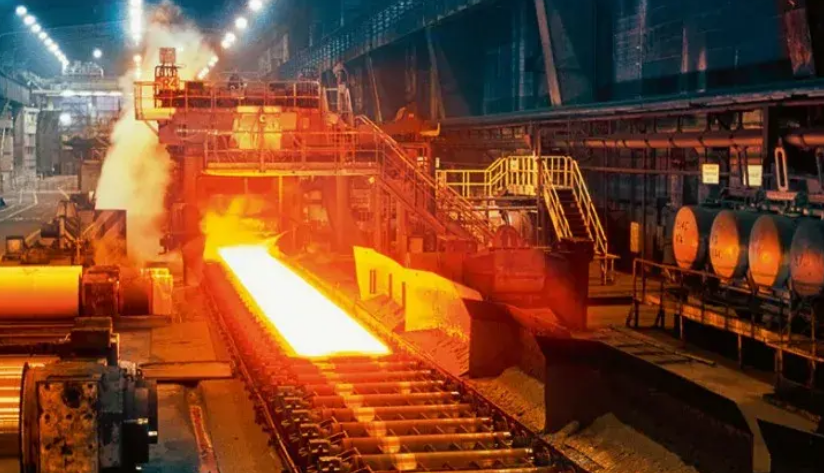As an earlier metal hot working technology mastered by humans, casting has had about 6,000 years of history. The flourishing period of bronze casting was reached in 1700 BC to 1000 BC. Simuwu square Ding of Shang Dynasty, Zeng Hou Yi Zun dish of Warring States, Turuguang Town of Western Han Dynasty, etc, are all representative products of ancient casting. Casting refers to a process in which solid metals, such as aluminum, iron, copper and steel, are first melted into liquid form and poured into a specific shape (mold) prepared in advance, and then solidified to form. Compared with alternative process methods, casting has the advantages of low cost, elevated process flexibility and easy mass production operation, and is widely used in the petrochemical industry, electronic energy, machinery manufacturing and other fields.
The proportion of casting waste caused by casting defects such as non-metallic inclusions is as great as 50%-60%. The inclusion defects not only severely drag down the mechanical properties and casting properties of castings, but also have harmful effects on the machining and appearance of castings. Therefore, since the 1960s, there have been methods to purify liquid casting alloys by filtration technology, reduce or eliminate various non-metallic inclusions and exhaust problems.
 Filtering technology from the initial use of barbed wire, perforated plate, etc., made of a simple filter insert gating system to remove inclusions, the pin silicate fiber and boron nitride fiber such as the emergence of two dimensional structure filter inside, now to the widely application of foam ceramic filter, through effort of researchers more than half a century and three generations of technology improvement, The problem of low casting yield is thus improved. Next, this paper introduces the foam ceramic filter:
Filtering technology from the initial use of barbed wire, perforated plate, etc., made of a simple filter insert gating system to remove inclusions, the pin silicate fiber and boron nitride fiber such as the emergence of two dimensional structure filter inside, now to the widely application of foam ceramic filter, through effort of researchers more than half a century and three generations of technology improvement, The problem of low casting yield is thus improved. Next, this paper introduces the foam ceramic filter:
Ceramic foam filter:
Foam ceramic filter is commonly used in carbamic acid ethyl ester foam as the carrier, refractory aggregate immersed by sintering additives, such as adhesive powder ceramic slurry made of water, and then squeeze out excess slurry, the remaining wrap around the bubble fiber ceramic material, after drying, roasting sintered at elevated temperature, finally left the foamy ceramic products.
The pore structure of foam ceramic is similar to that of foam plastic, and the through-pore ratio is 85%-90%. The earliest ceramic foam filter was the foam ceramic filter for Aluminum alloy developed in 1978 by R.R.Moollard and N.Davison of Consolidated Aluminum Company in the United States, whose trade name was Selee/Al. Subsequently, Japan, Britain, Germany, Switzerland and additional developed countries have also developed foam ceramic filters for casting various alloy filters.
In 1982, Harbin University of Science and Technology first developed a foam ceramic filter only for aluminum alloy filtration, and then in the middle of the 1980s developed a foam ceramic filter for black metal filter (CFF-I).
The earliest production of significant castings by Dongfeng Motor is the sand core screen made of resin sand and hot core box, which has the shortcomings of large holes and low strength of high temperature resistance.
In the 1980s to bauxite sintering screen, the hole was still large;
in the early 1990s, the use of refractory fiber braided filter, in order to solve the phenomenon of easy to being broken by molten iron, and in the braided net pad a refractory screen, the cost of the process is extremely complicated at the same time;
finally, Dongfeng Company tested the use of foam ceramic filter, which has been used for more than 30 years. It not only reduced the scrap rate of casting slag, trachomes and pores by approximately 70%, but also simplified the pouring system, increased the production rate by 10%, reduced the cost by 6%, and significantly improved the corporate and social benefits.
Due to the different pouring temperature of the casting alloy, the foam ceramic filter of the refractory material should be selected. In recent decades, a variety of foam ceramic filters have been developed at home and abroad according to the properties of different alloy materials.
Table. Several types of liquid metals corresponding to foam ceramics
At present, the application of foamed ceramic filter in liquid casting alloy filter field has been developed considerably, and even extended to metallurgy.
For example, HI-TECH Ceramics Inc. has used its elevated-purity partially stabilized foam ceramic filter to filter large super-alloy ingot weighing up to 22 tons, and the pouring time is as lengthy as 60 minutes.
Nippon Steel (Nippon Steel) improved the purity of its corrosion-resistant steel billets by about 16% and the distribution of inclusions smaller than 6μm by installing a high purity partially stabilized foam ceramic filter on the partition wall of its 15-ton continuous casting tunist.
The application of domestic foam ceramic filter is still used in liquid alloy casting. With the further development of modern casting technology, the requirements for casting quality will be higher and higher, the performance of foam ceramic filter will be further developed and breakthrough in the process of production practice, with a wide range of development prospects and additional possibilities.